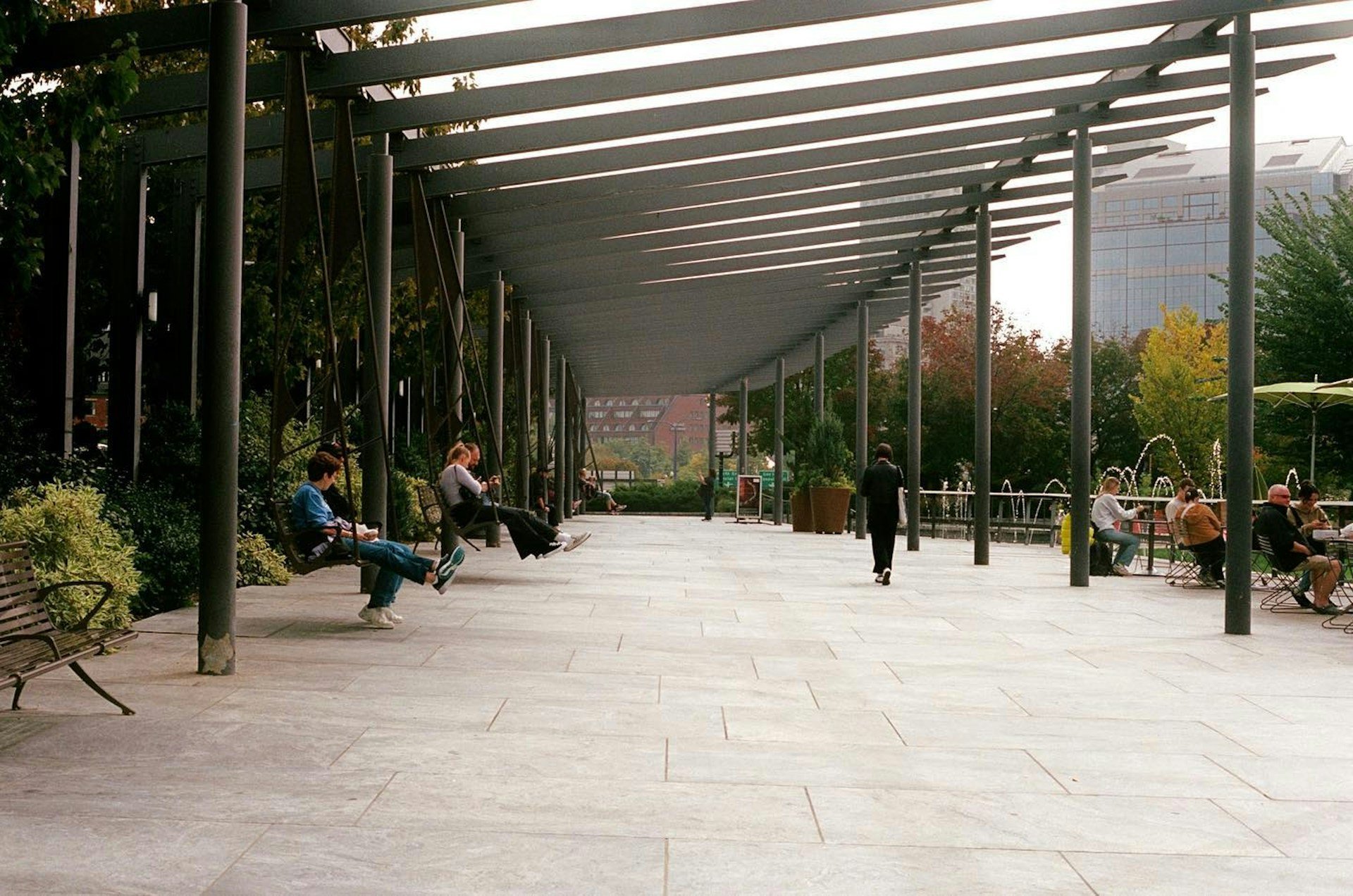Social Complexity and Placemaking: Giving Life to Forgotten Spaces
By Daniel Vlahek
Article Summary
Placemaking revitalizes neglected spaces by fostering social connection and community involvement within complex, adaptive urban systems.
Simple actions like adding chairs or music can trigger meaningful social behaviors and transform community dynamics.
Successful placemaking values inclusivity, safety, local identity, and active collaboration with residents and stakeholders.
What gives life to a forgotten space? Is it the context of the neighbourhood? The opportunity for occupation? The sights and sounds of its surroundings? Or is it the culmination of these characteristics that ultimately transforms a space into a place, facilitating social connection - turning strangers into friends?
In every major city, vacant land can be found. From undeveloped land running parallel to train lines to abandoned buildings in warehousing districts, signs of neglect have led to poorer perceptions of place that ultimately lead to antisocial behaviours.
Transforming such areas into thriving, inclusive places is known as ‘placemaking’. But what enables success in this endeavour?
First, we must understand that townships and neighbourhoods are more than just buildings - they are adaptive complex systems which encompasses a myriad of agents interacting with each other, often in ways that cannot be understood. It’s through these dynamics that something uniquely beautiful and humane can occur.
Navigating Social Complexity
Born from sociological research, ‘Social Complexity’ looks at the intricate and interconnected nature of social systems, giving rise to patterns and behaviours that cannot be easily predicted by analysing its isolated components.
Inherently, these social systems encompass the diverse mix of people, cultures, perspectives, and experiences that have existed within any community. People’s individual needs and desires, based on age, ethnicity, personal history, also roll into this expansive bowl of social soup.
Social connection is a necessary ingredient in this mix, as asserted by Maslow’s ’Hierarchy of Needs’ which lists social needs - friendship, intimacy, family, sense of connection - in achieving self-actualisation.
Charles Darwin in ‘The Expression of the Emotions in Man and Animals’, provided one of the earliest arguments for social interactions.
‘With social animals, the power of intercommunication between the members of the same community - and with other species, between the opposite sexes, as well as between the young and the old - is of the highest importance to them.’
The Cost of Placemaking? Not A Lot!
Whilst social complexity can, at times, be difficult to navigate, we have seen instances where the energy required in birthing new behaviours does not require anything intricate.
Blair Williams, an artistic entrepreneur and community urban designer, took to redesigning downtown US town Helena, Montana - where the central street had a vacancy rate of 87% for commercial real estate.
Her efforts involved three unique strategies - Chairs, Music, and Film.
In pockets of 2 to 3, Blair’s team placed chairs across the central street to assess what pedestrians would do. Although people initially met the chairs with scepticism, Blair and her team began noticing something wonderful - they started occupying them.
The days that followed, people started shifting the chairs around, engaging in coffee, lunch, and consuming the sights and sounds of the area.
This shift in behaviour from residents brought further developments, from musicians performing to film exhibitions being displayed, eventually resulting in vacant property rates dropping from 87% to 13%.
You can watch more from Blair here: Creative Placemaking | Blair Williams | TEDxCoeurdalene
Considerations in Navigating Place
At its heart, placemaking is a collaborative and participatory approach in embedding a sense of belonging within a community.
Each community context is unique, and even though Blair’s example does illustrate the simplicity of change, placemaking can be anything but.
Respecting key parameters within communities though can make the journey a little less bumpy:
1. Community Engagement: Placemaking begins with engaging all stakeholders - residents, businesses, local organisations, and government agencies - in the planning process.
2. Safety and Wellbeing: People value comfort, so creating spaces that ward off antisocial behaviour should always be considered.
3. Inclusivity: Address barriers that force out certain communities to create places that welcome and honour everyone.
4. Identity and Culture: Celebrating the unique heritage of place, and paying respect to traditions and customs that contribute to its uniqueness.
Whilst this list is not exhaustive, transforming a place must have community at heart. As Jane Jacobs states, “There is no logic that can be superimposed on the city; people make it, and it is to them, not buildings, that we must fit our plans.”
Placemaking is a Social Process
Revitalising derelict spaces is more than just the beautification of a space. It lies directly with meeting the needs and aspirations of the people that live in that community and how they ultimately interact with one another.
It pays to note that neighbourhoods are always dynamic and ever changing. Whether you are a resident social entrepreneur or an urban designer, balancing the tension between past and future is part of the fulcrum in activating a place’s vibrancy.
It's through these initiatives that ultimately build trust and social ties, both of which are foundational to the health of our communities.





